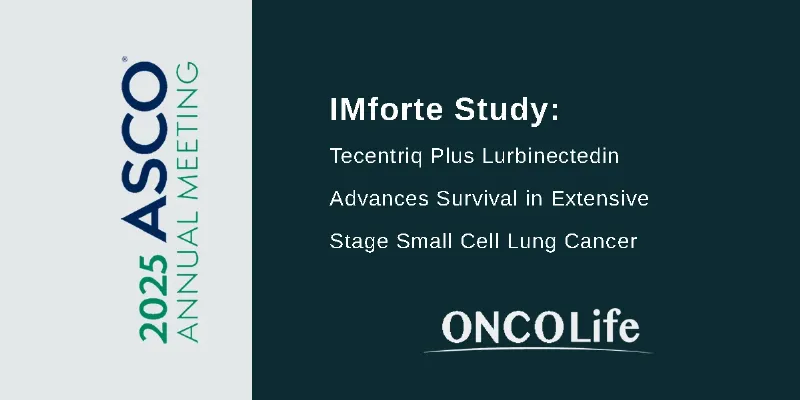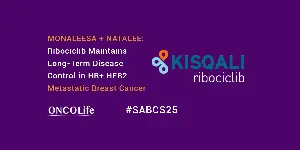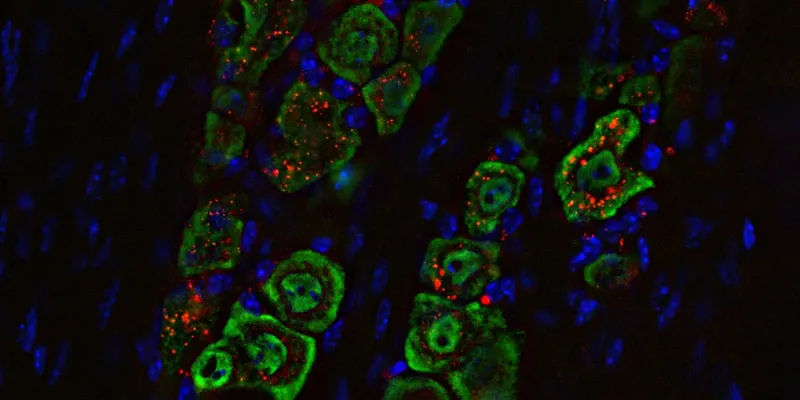IMforte Study: Tecentriq Plus Lurbinectedin Extends Survival in ES-SC Lung Cancer

4 June 2025
The Phase III IMforte study shows that adding lurbinectedin to Tecentriq for ES-SCLC first-line maintenance reduced disease progression or death risk by 46% and death risk by 27%. Median PFS improved from 2.1 to 5.4 months and OS from 10.6 to 13.2 months. No new safety signals observed.
In a significant development for the treatment of extensive-stage small cell lung cancer (ES-SCLC), the Phase III IMforte study has shown that the combination of Roche’s Tecentriq® (atezolizumab) with lurbinectedin (Zepzelca®) leads to clinically meaningful improvements in both progression-free and overall survival. These findings were shared in an oral presentation at the 2025 ASCO Annual Meeting and published in The Lancet, signaling a potential shift in first-line maintenance therapy for this aggressive cancer.
Substantial Survival Gains
ES-SCLC remains a highly aggressive malignancy, often diagnosed at an advanced stage and associated with poor prognosis. Historically, treatment options have been limited, with a five-year survival rate of less than 5% and median survival rarely exceeding a year for most patients.
“The IMforte results are very encouraging showing a potentially practice-changing option that could improve survival for patients with a very high unmet need,” said Dr. Luis Paz-Ares, principal investigator of the study and Head of Medical Oncology at the Hospital Universitario 12 de Octubre in Madrid.
The IMforte trial enrolled 660 patients who first underwent induction therapy with Tecentriq, carboplatin, and etoposide. Patients who did not experience disease progression after this initial three-month treatment were then randomized to receive either maintenance therapy with Tecentriq plus lurbinectedin or Tecentriq alone.
From the start of the maintenance phase, the combination therapy demonstrated a 46% reduction in the risk of disease progression or death (hazard ratio [HR] = 0.54; 95% CI: 0.43–0.67; p < 0.0001). Median progression-free survival more than doubled, extending from 2.1 months in the Tecentriq-alone arm to 5.4 months with the combination.
Moreover, the addition of lurbinectedin resulted in a 27% reduction in the risk of death (HR = 0.73; 95% CI: 0.57–0.95; p = 0.0174), with median overall survival improving from 10.6 to 13.2 months. These outcomes are particularly noteworthy in the context of ES-SCLC, where only about 20% of patients live beyond two years from diagnosis.
“In the IMforte study, the Tecentriq and lurbinectedin maintenance regimen significantly extended survival for people living with extensive-stage small cell lung cancer,” said Dr. Levi Garraway, Roche’s Chief Medical Officer. “This study builds on Tecentriq’s well-established safety and efficacy profile as the first immunotherapy for this cancer type and may provide another approach to help physicians and patients better manage this aggressive disease.”
Safety Profile
Importantly, no new safety signals emerged in the IMforte study, with the observed adverse events consistent with the known safety profiles of both agents. This adds confidence in the tolerability of the combination regimen for patients who have already completed intensive chemotherapy.
Tecentriq, an anti–PD-L1 monoclonal antibody, works by blocking PD-L1 on tumor and immune cells, reactivating T cells to target cancer. Lurbinectedin, an oncogenic transcription inhibitor, complements this approach by interfering with tumor cell proliferation. The synergy observed in the IMforte study underscores the value of combining immunotherapy with targeted agents to overcome the formidable biology of SCLC.











Comments
No Comments Yet!